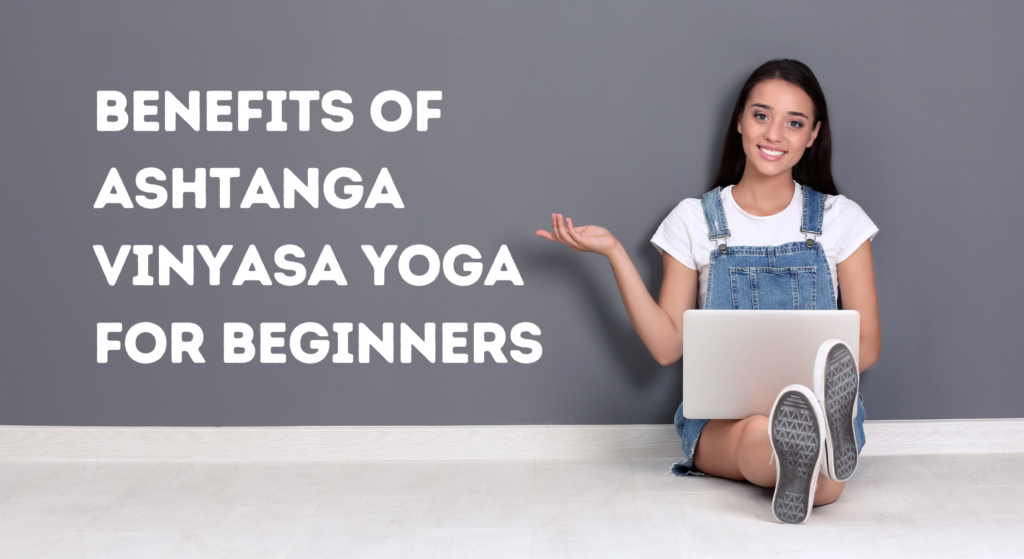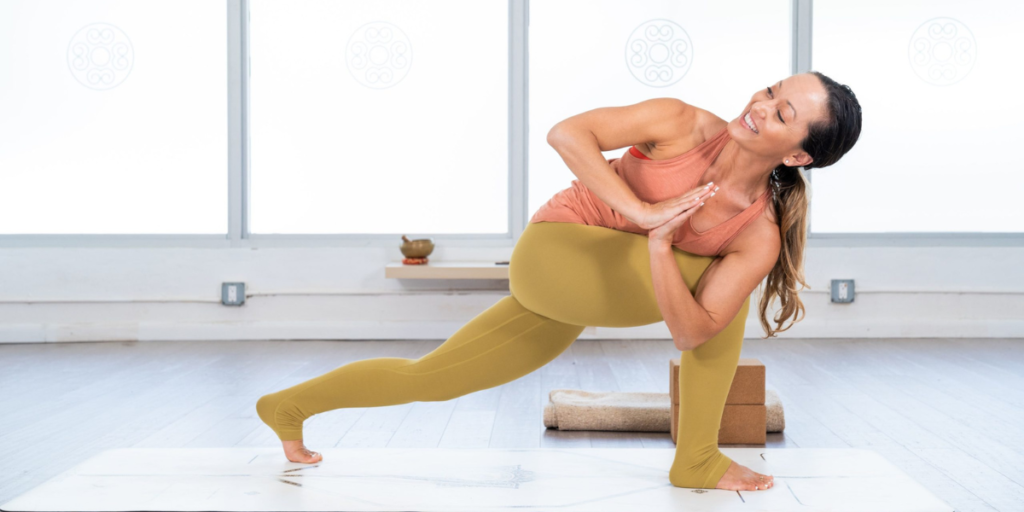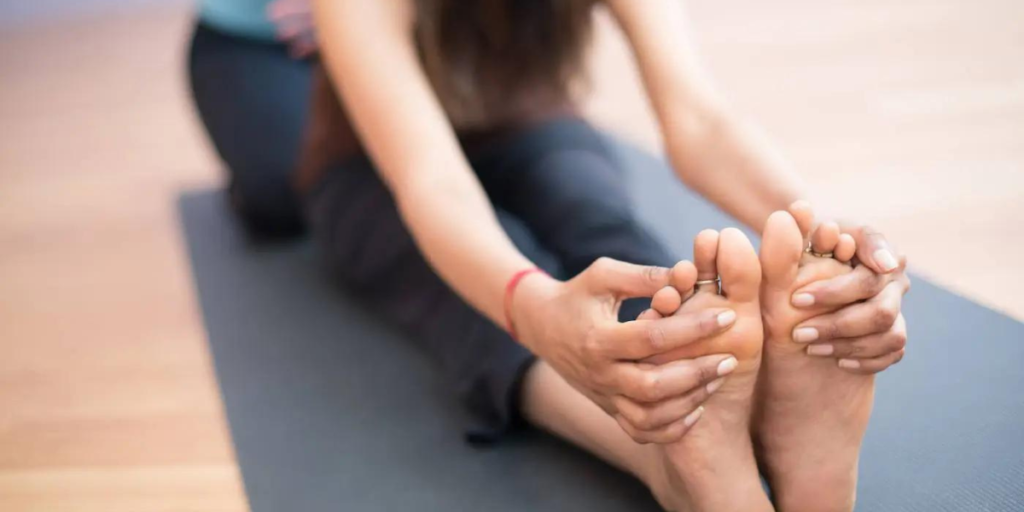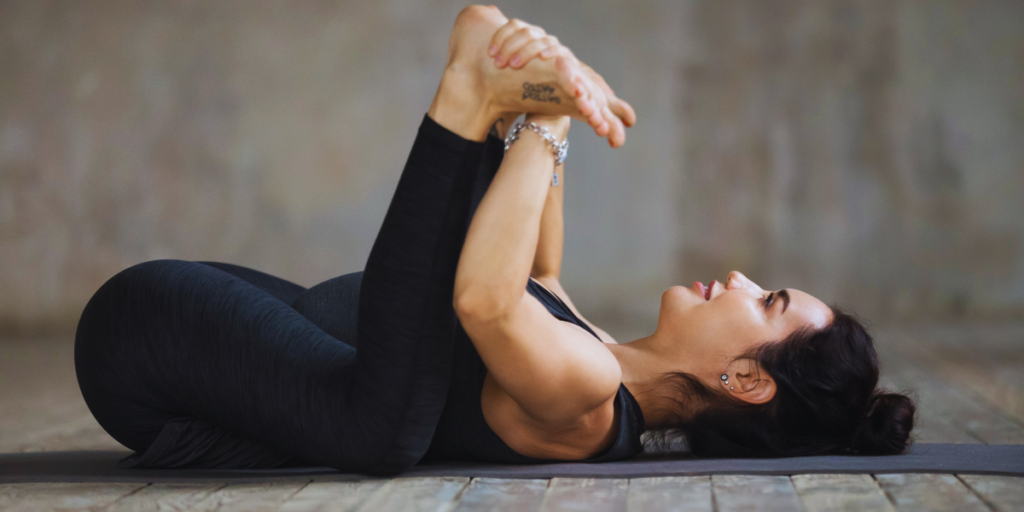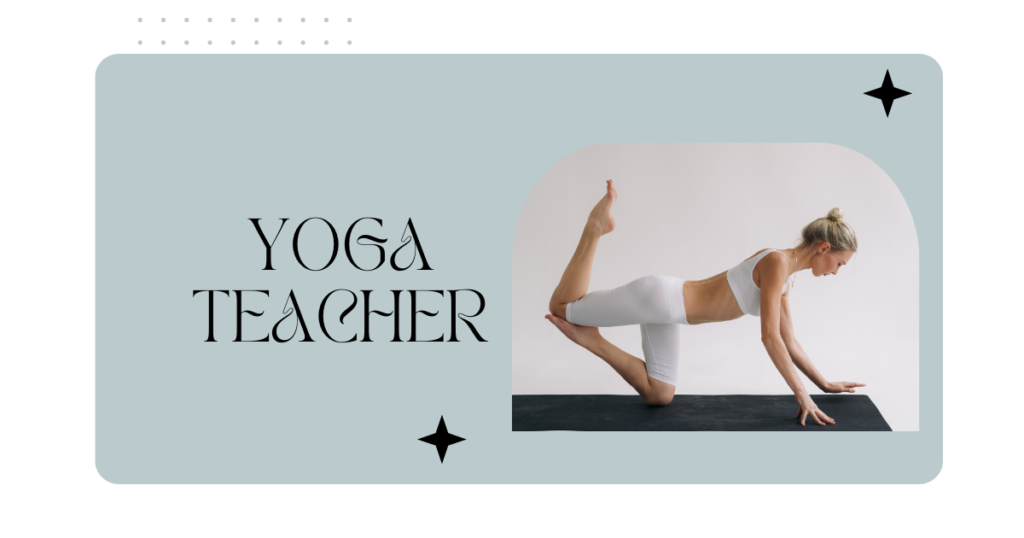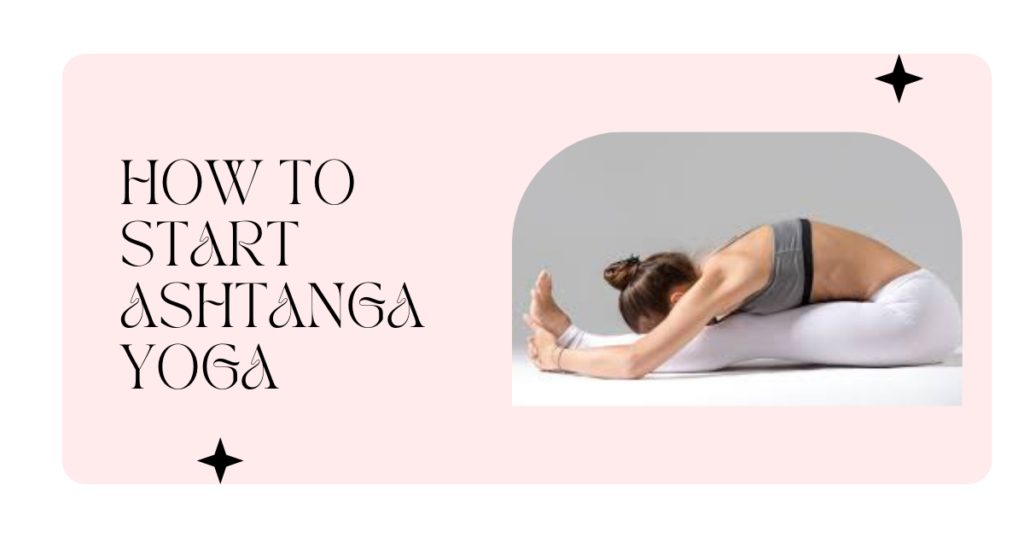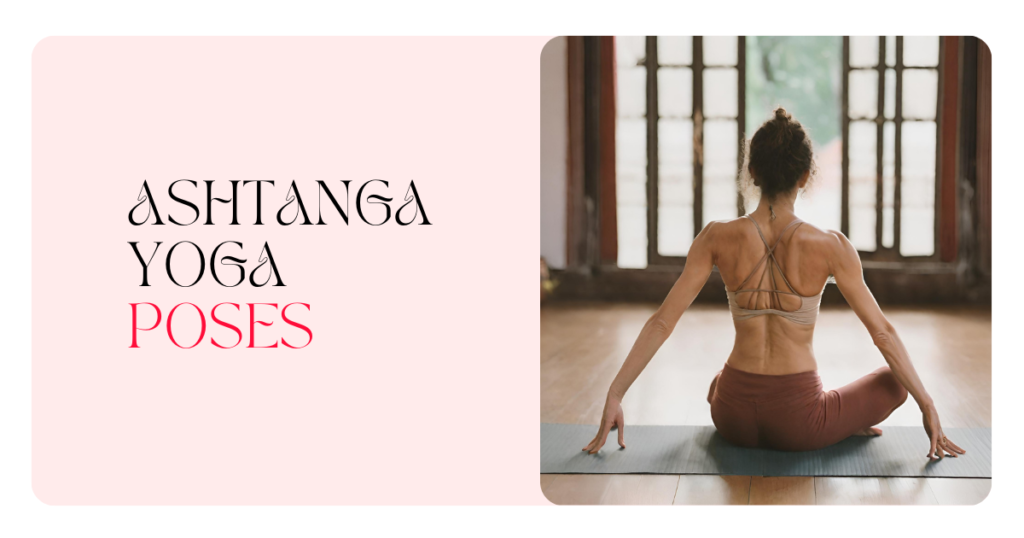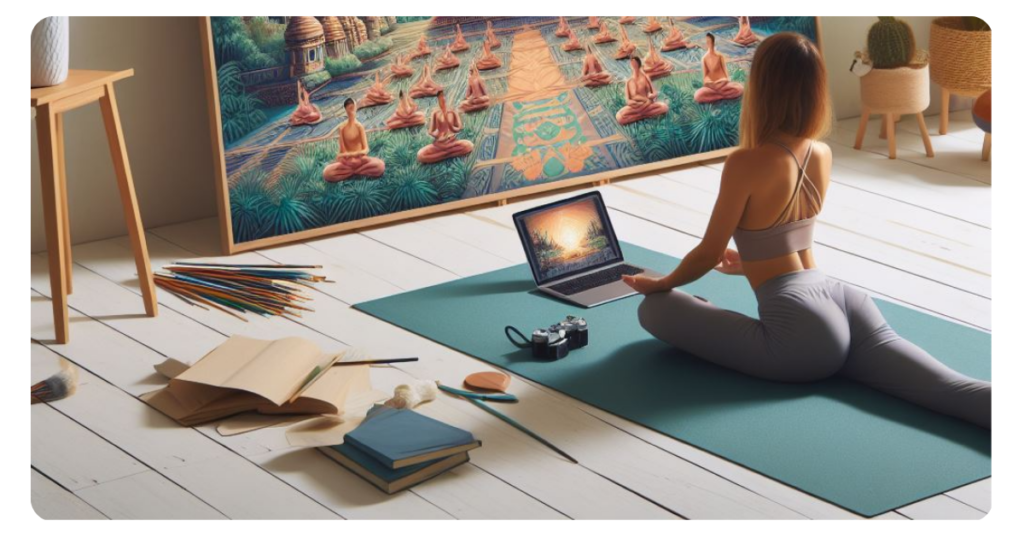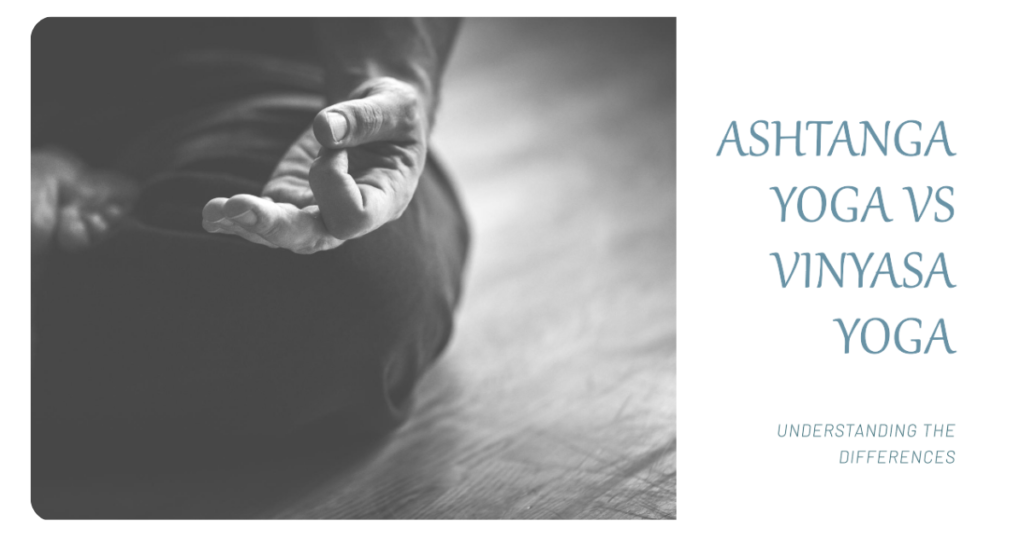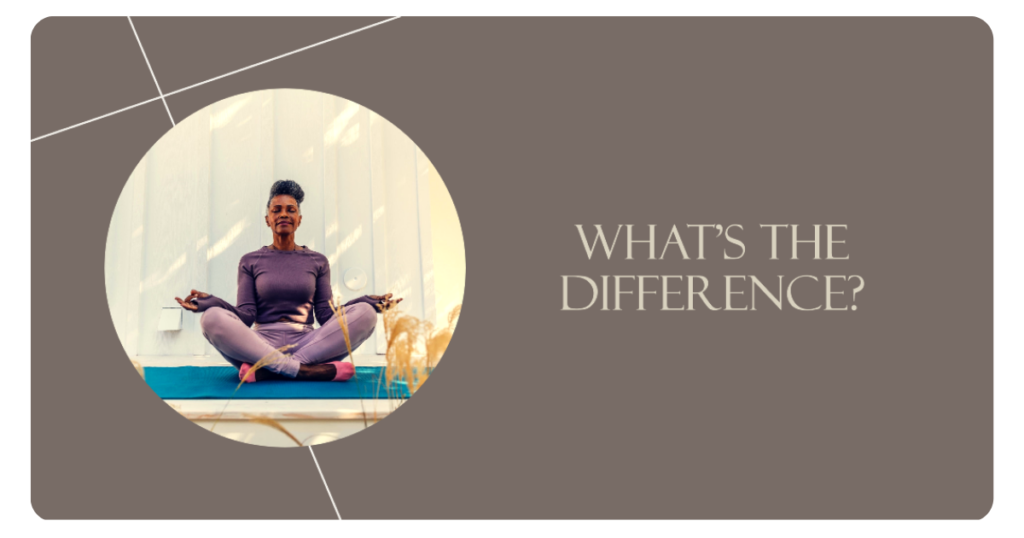
Introduction
Ashtanga vinyasa yoga is a powerful style of yoga that has become extremely popular in yoga studios around the world. Characterized by its set sequences of postures linked together by vinyasa movements synchronized with breath, ashtanga provides a transformative mind-body workout.
This comprehensive guide will provide an in-depth look at the world of Ashtanga Vinyasa yoga. We’ll cover everything you need to know about the sequences that form the core of an Ashtanga practice, including:
- The origins and history behind this unique style of yoga
- An explanation of vinyasa and how breath is connected to the movements
- The benefits you can expect from a regular Ashtanga yoga practice
- Details on the Primary Series sequence and common postures it contains
- An introduction to the Second Series and more advanced sequences
- Tips for starting an Ashtanga home practice
Whether you’re completely new to Ashtanga or experienced and looking to deepen your knowledge, this guide will give you a complete picture of this athletic and energetic practice. Let’s get started!
What is an Ashtanga Vinyasa Yoga Sequence?
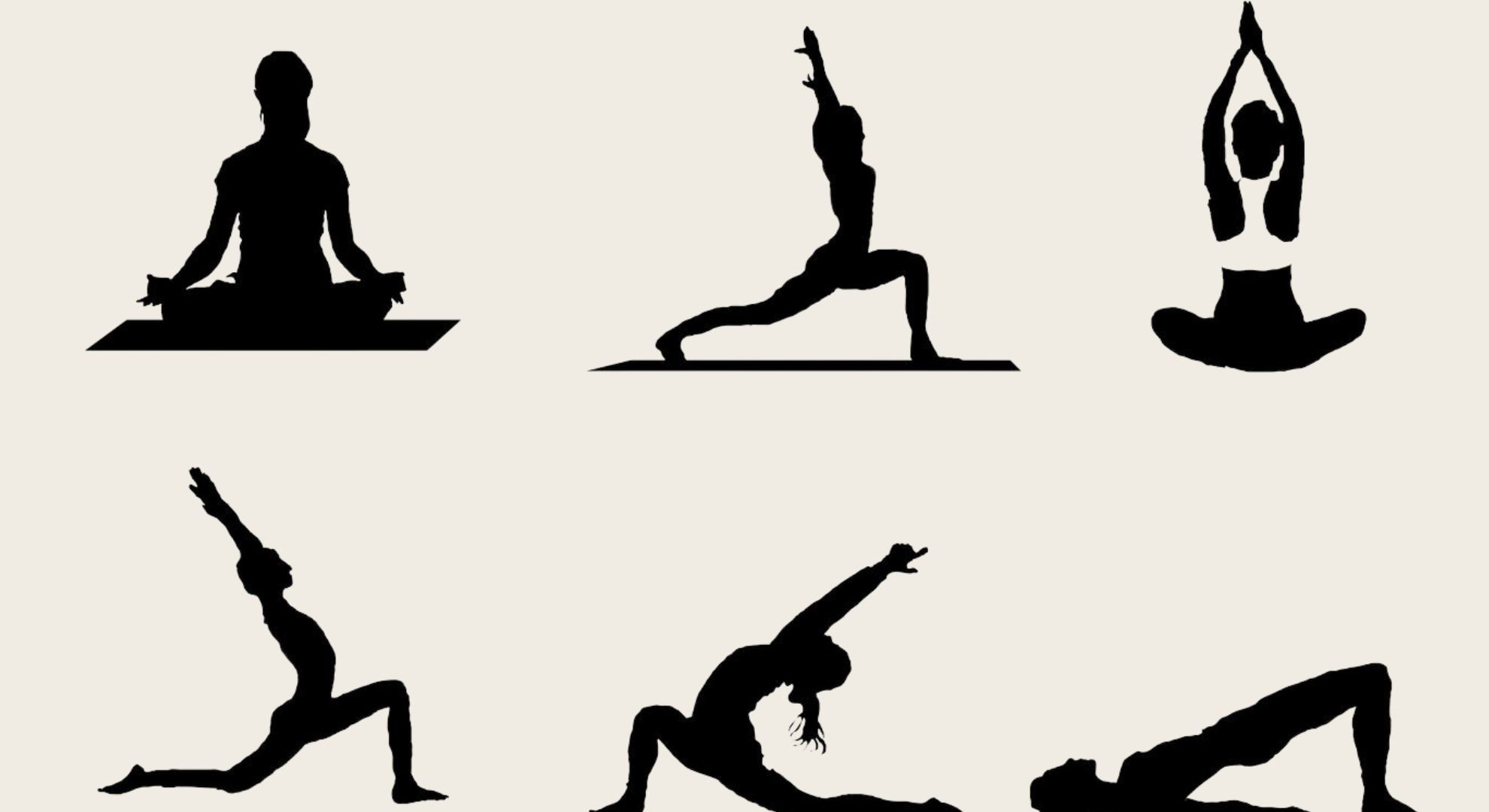
An ashtanga vinyasa yoga sequence refers to the set sequence of postures that forms the core of this style of yoga. The sequence consists of a specific order of yoga poses and breathing exercises arranged into multiple, progressive series.
Unlike other types of yoga where the teacher designs their own sequence, ashtanga uses predefined sequences that stay consistent between classes and teachers. There are six established series in the Ashtanga tradition, each building on the previous one in terms of difficulty and intensity.
The foundational sequence is the Primary Series, which all Ashtanga students begin with. After mastering Primary, students can progress to Secondary Series and beyond into Advanced A, B, C, and D series. Each sequence contains approximately 60-70 poses linked together by vinyasa movements.
Vinyasa is the flowing, movement-intensive style that Ashtanga is known for. The term vinyasa refers to the transitions between each pose, where practitioners move from one asana to the next while synchronizing their breathing. For example, they may inhale while moving into Downward Facing Dog, then exhale into the next posture. Linking breath and movement is a core principle of Ashtanga yoga.
Mastering the vinyasa transitions is just as important in Ashtanga as properly aligning within the poses. With dedicated practice, the sequences become ingrained allowing students to move seamlessly from one pose to the next. Let’s look closer now at the Primary Series – the starting point for all aspiring Ashtangis!
The Origins and History of Ashtanga Yoga
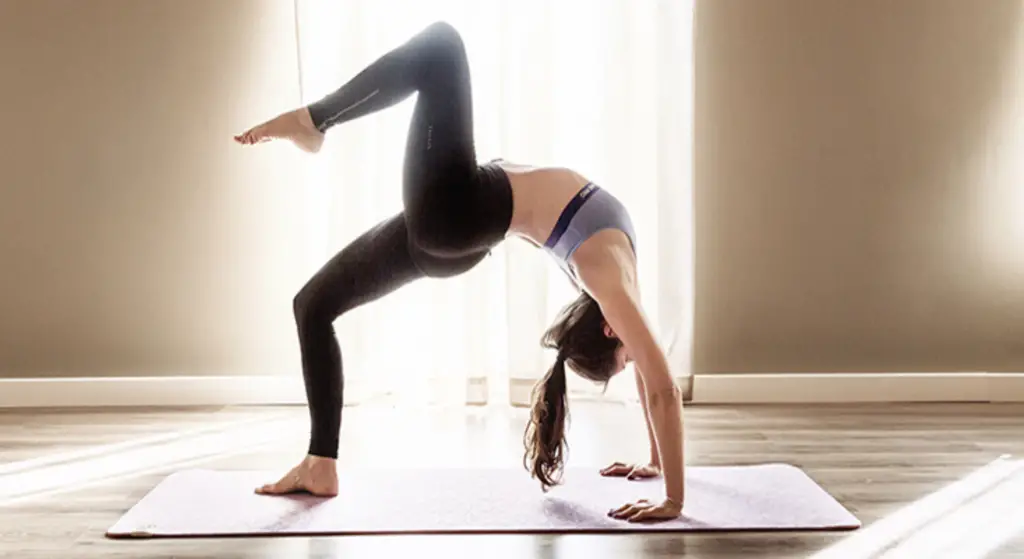
The unique sequence-based style of Ashtanga yoga that we know today traces its origins back to renowned Indian yoga master Sri K. Pattabhi Jois (1915-2009). Jois spent his early life studying classical Indian texts on yoga and philosophy before developing the structured sequences that form the basis of Ashtanga.
According to Jois, he discovered the ancient Ashtanga Vinyasa system outlined in an ancient manuscript called the Yoga Korunta. This sacred text contained detailed descriptions for developing a sequence-based hatha yoga practice aimed at purifying the body and concentrating the mind.
Jois presented Ashtanga as a revival of the system laid out in this ancient guide. However, the existence of the Yoga Korunta remains unverified, as no physical copies have been discovered.
Regardless, Jois should be credited with formally organizing the sequences and popularizing the dynamic style now known as Ashtanga Vinyasa Yoga. In 1948, he established the Ashtanga Yoga Research Institute in Mysore, India as a center for students to learn the sequences he created.
It wasn’t until the 1970s that Ashtanga made its way to the West. Influential figures like David Williams and Norman Allen traveled to study with Jois in India before bringing his teachings back with them to share. Ashtanga’s popularity exploded from there, with dedicated practitioners drawn to its athleticism and spiritual depth.
Today Ashtanga Vinyasa remains a widely practiced style around the world. Students value it for both its physical intensity and its meditative flowing nature connecting movement with breath.
The Benefits of Practicing Ashtanga Vinyasa Yoga
Beyond its rich history, Ashtanga Vinyasa Yoga offers practitioners a wide range of physical, mental, and spiritual benefits. Here are some of the top reasons to add Ashtanga to your exercise routine:
Physical Benefits
- Improved strength and muscular endurance, especially in the core, arms, and legs
- Increased flexibility and range of motion in the joints and spine
- Enhanced balance, body awareness, and coordination
- More energy and stamina

Mental & Emotional Benefits
- Reduces stress and anxiety
- Sharpens concentration and mental focus
- Builds discipline and mental tenacity
- Boosts mood and feelings of vitality
Spiritual Benefits
- Deepens the mind-body connection through breath synchronization
- Has a calming, centering effect on the nervous system
- Creates inner peace and contentment
- Fosters self-inquiry and inner reflection
Therapeutic Benefits
- Alleviates back pain and stiffness
- Helps manage and improve arthritis symptoms
- Can help reduce symptoms of anxiety and depression
- Aids recovery from injuries or surgery
The intense internal heat generated from Ashtanga’s constant movement provides cleansing and healing benefits as well. Regular practice cleanses the organs, reduces toxins, and improves circulation.
With its blend of athletic challenge, meditative focus, and curative advantages, Ashtanga Vinyasa yoga offers a complete path to improving body, mind, and spirit. Learn more In-depth
The Primary Series Sequence of Ashtanga Yoga
The starting point for all Ashtanga practitioners is the Primary Series sequence. The Primary Series forms the foundation upon which all future progress will build, so newcomers should dedicate themselves to mastering this sequence before advancing further.
Primary Series consists of approximately 60 postures linked together by vinyasa movements to make a set sequence. The series begins with 5 key asanas referred to as the Opening Sequence:
- Surya Namaskar A (Sun Salutation A)
- Surya Namaskar B (Sun Salutation B)
- Padangusthasana (Big Toe Pose)
- Padahastasana (Hand Under Foot Pose)
- Utthita Trikonasana (Extended Triangle Pose)
These foundational postures warm up the body, build heat, and prepare students for the deeper stretching and strengthening to come.
From there, the Primary Series takes practitioners through standing postures, seated poses, backbends, twists, hip openers, and closing postures. Key postures include:
- Utkatasana (Chair Pose)
- Bhujangasana (Cobra Pose)
- Marichyasana C (Pose Dedicated to the Sage Marichi, C variation)
- Navasana (Boat Pose)
- Ardha Matsyendrasana (Half Lord of the Fishes Pose)
- Supta Kurmasana (Sleeping Turtle Pose)
The sequence ends with closing postures to integrate the efforts of the practice:
- Urdhva Dhanurasana (Upward Bow or Wheel Pose)
- Salamba Sarvangasana (Shoulder Stand)
- Pindasana (Embryo in Womb Pose)
Every class concludes with Corpse Pose, Savasana, to rest.
The Second Series Sequence
Once students have deeply ingrained the Primary Series into their memory and body, they can progress to the Second Series. Where Primary focuses on foundational standing poses and backbends, Second Series emphasizes hip opening and backbends that build flexibility in the spine.
The second Series is considered more challenging than Primary, both in terms of strength and coordination required. There are approximately 70 postures linked with vinyasas. Some asanas unique to the Second Series include:
- Dwi Pada Sirsasana (Two Feet Behind Head Pose)
- Eka Pada Sirsasana (One Foot Behind Head Pose)
- Dvipada Viparita Dandasana (Two-Legged Inverted Staff Pose)
- Yoganidrasana (Yogic Sleep Pose)
- Pincha Mayurasana (Feathered Peacock Pose)
As with the Primary Series, the Second Series begins with Surya Namaskar A and B before flowing into standing sequences. After standing postures, the series moves into hip openers, arm balances, backbends, and finally closing postures like Shoulderstand and Corpse Pose.
By exploring new challenges like intense binds, deep backbends, and arm balances, Second Series prepares students physically and mentally for the even more demanding advanced sequences to follow. Dedicated daily practice is required to master the Second Series before moving ahead.
Higher Level Ashtanga Sequences
While Primary and Second Series provide more than enough challenge for most practitioners, highly advanced students can progress to additional series that build in difficulty.
These elite-level sequences are not widely practiced, as most students spend years working to master Primary and Second before considering advancing further. However, for the rare, dedicated few, these heightened practices await:
Advanced Series A – Centers around extra-challenging forward bends and hip rotations. Contains around 75 poses.
Advanced Series B – Focuses on strength and grace through hand-balancing postures. Approximately 80 poses.
Advanced Series C – Emphasizes deep backbends like chin stands and bow poses. Roughly 90 postures.
Advanced Series D – Considered the peak physical expression of Ashtanga. Combines all previous challenges plus added complexity. Adds up to over 100 linked poses.
Even getting the chance to learn these advanced sequences directly from Sri K. Pattabhi Jois himself was an honor reserved only for his most trusted and skilled students.
For those drawn to take their practice to the highest levels, exploring beyond Second Series provides an opportunity for immense growth and transformation, on and off the mat. However, one must be willing and able to dedicate the time, energy, and discipline needed to reap the benefits. For most yogis, diligently progressing through Primary and Second will provide more than enough beneficial challenges for a lifetime.
How to Start Practicing Ashtanga at Home
While taking led classes from an experienced, authorized teacher is ideal, it’s also possible to start exploring Ashtanga in a home practice. Here are some tips:
- Study with a teacher first whenever possible to properly learn the sequences. Improper alignment can lead to injury.
- Start slow and listen to your body. Don’t force progression before you are ready. Build up gradually over time.
- Create a dedicated practice space if possible. Having a quiet, clean area helps build a consistent routine.
- Use props like blocks and straps to assist with alignment and modifications.
- Invest in a good yoga mat for cushioning and grip during standing balances.
- Try practicing near a wall to use for extra support in balancing postures.
- Follow a Primary Series video or chart if practicing without a teacher. Stick to the set sequence.
- Maintain ujjayi breathing throughout practice, especially during vinyasas.
- Be patient and accept where your body is each day. Some days will feel more open than others.
- Schedule practice at a consistent time to establish a routine. Practicing in the morning can be rejuvenating.
With dedication and proper pacing, an Ashtanga home practice can be deeply rewarding. But don’t be afraid to seek help from a teacher if you feel lost or experience pain. Learning with proper guidance is the best path to avoiding injury and reaping all the benefits this powerful practice offers.
Conclusion
As we’ve explored, Ashtanga Vinyasa Yoga is a unique, transformative practice based on set sequences of postures linked together by breath-synchronized movements. With its origins tracing back to renowned yoga master Sri K. Pattabhi Jois, Ashtanga provides practitioners with immense physical, mental, and spiritual benefits.
By progressing through the Primary and Second Series at their own pace, students of Ashtanga can expect improved strength, flexibility, concentration, inner peace, and overall well-being. For those few who advance to the elite stages, the challenging Advanced Series provides opportunities for immense personal growth under proper guidance.
While studying under a qualified teacher is ideal, with proper caution and patience, Ashtanga can also be explored as a home practice. Starting slowly and listening to your body is key.
With its athleticism, mindfulness, and sense of ritual, it’s no wonder Ashtanga has become a popular style around the globe. Hopefully, this guide has provided you with a comprehensive overview of the sequences that form the beating heart of this powerful practice. Try an Ashtanga class for yourself and experience the transformative journey!
